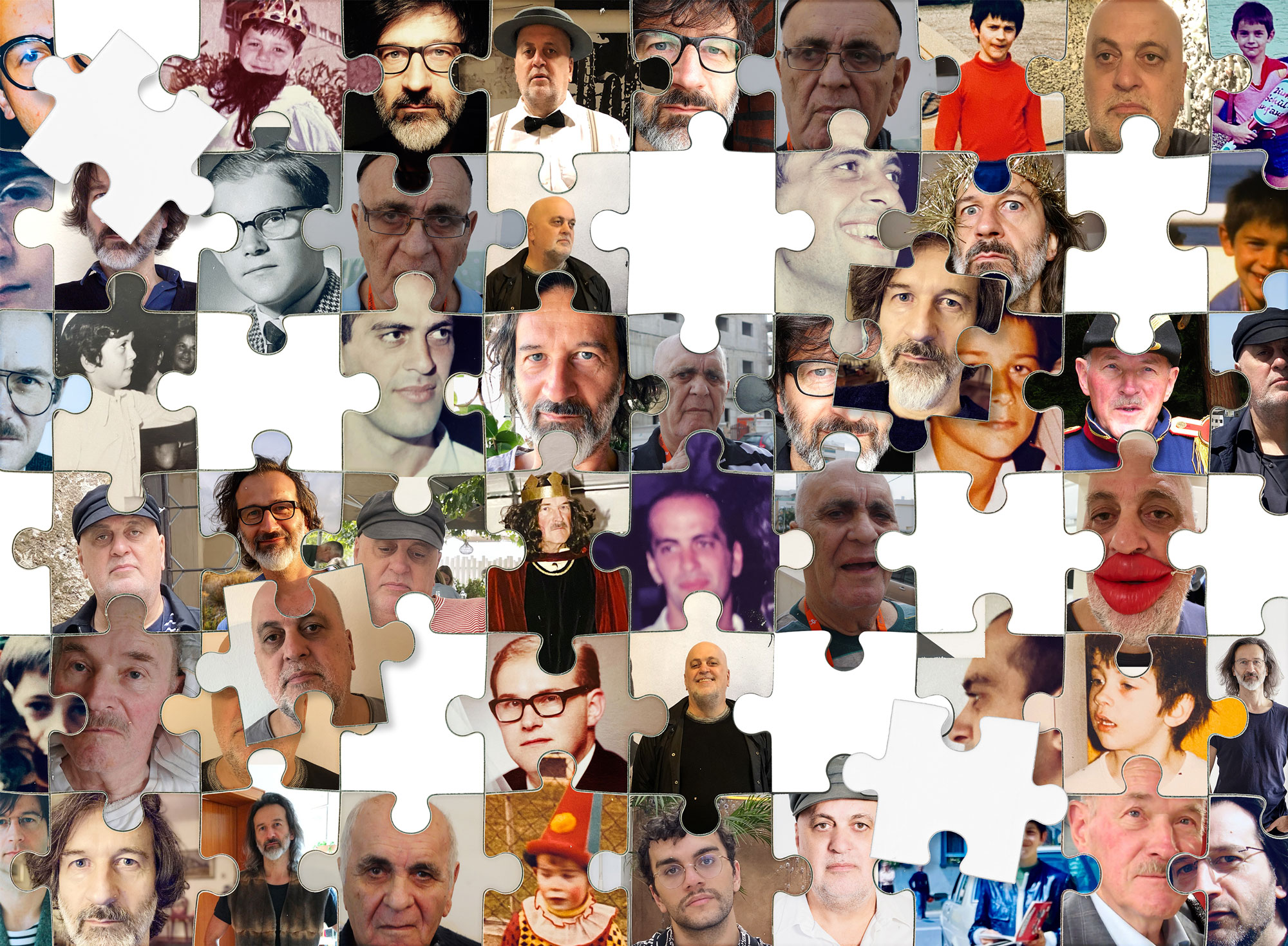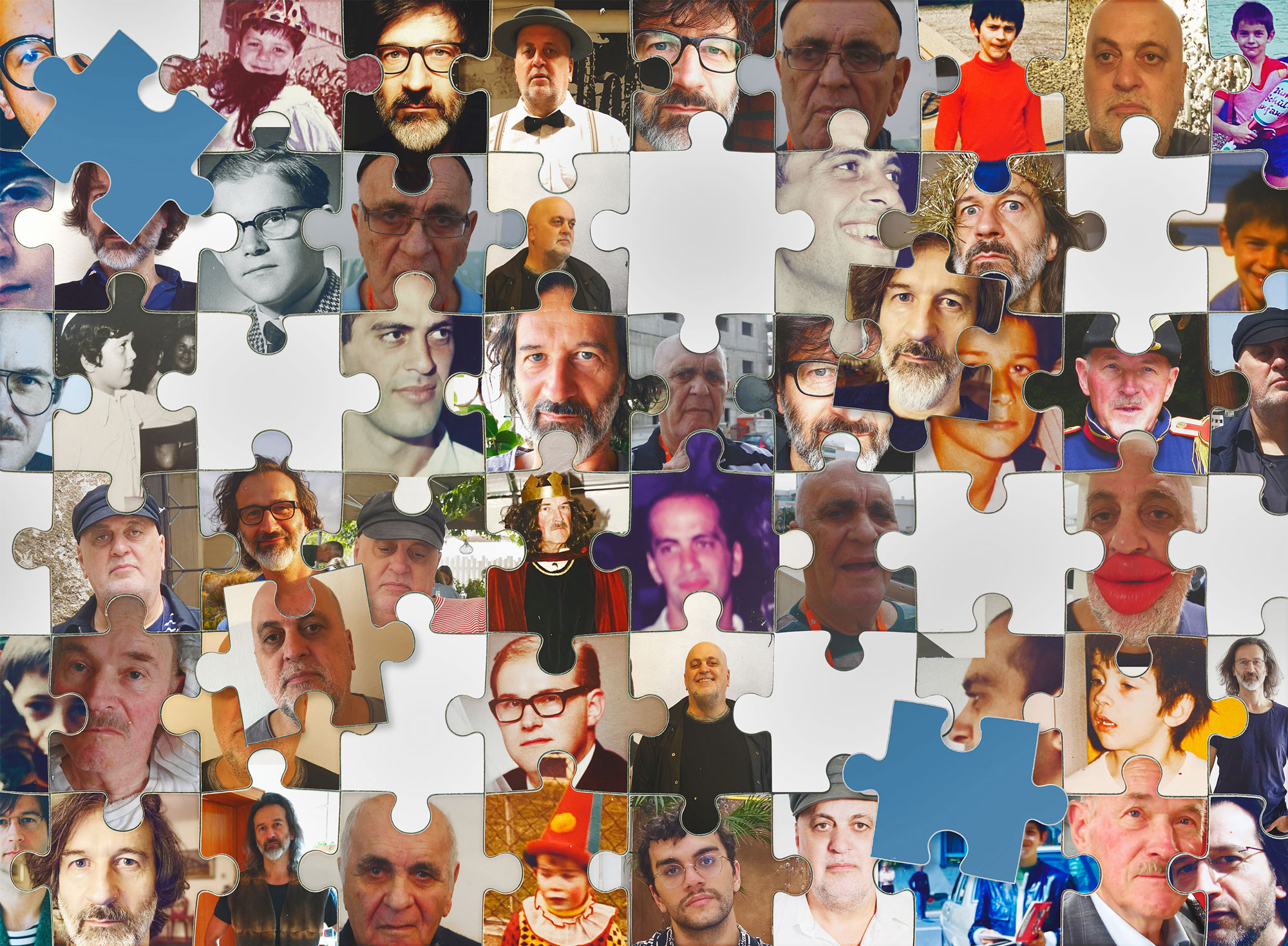2025 | part of The Rashomon Cycle
2025 | part of The Rashomon Cycle
A Two Men Show
The performance unfolds as a free-form roller-coaster ride through the minds of two men, each a son, whose insatiable curiosity about the true nature of their deceased fathers remains undiminished. The story they attempt to tell seems straightforward at first but reveals itself to be as elusive and tangled as the family stories it seeks to unravel. One tale leads to another before the first is ever fully told, creating a narrative that loops back to the past, only to be repeatedly sidetracked by digressions, tangents, and unexpected memories.
They recount the Israeli father’s adventures in the port of Larnaca. They reminisce about the German father’s first appearance at the National Theater in Mannheim. And then, in an intriguing twist, the two fathers “meet”—though in truth, they never knew each other’s existence. Melancholic moments give way to comic sequences, while memories of catastrophe morph into verbal slapstick, spiraling through a kaleidoscope of tone and mood.
In this meta-theatrical exploration, the two fathers are pulled into a journey they never asked for, a ride they would have likely refused—if only they were still alive. To put it bluntly, the two dead fathers, or rather their spectral stand-ins, are taken hostage on stage, their lives mined by their sons for madly spiraling tales of joy, sorrow, and absurdity. The dead become the puppets, and the sons become the puppet masters.
Armed with little more than a table, two chairs, a video screen, and a quirky imagination, the two sons embark on a sardonic, chatty journey to confront their own fragile mortality through the lens of their long-gone fathers. What emerges is a playful, yet poignant exploration of identity, legacy, and the sometimes comical, often painful process of reconciling with the past.
Developed and performed by Yosi Wanunu and Peter Stamer
Music by Peter Stamer
Visual and sound support: Michael Strohmann
Produced by Kornelia Kilga


